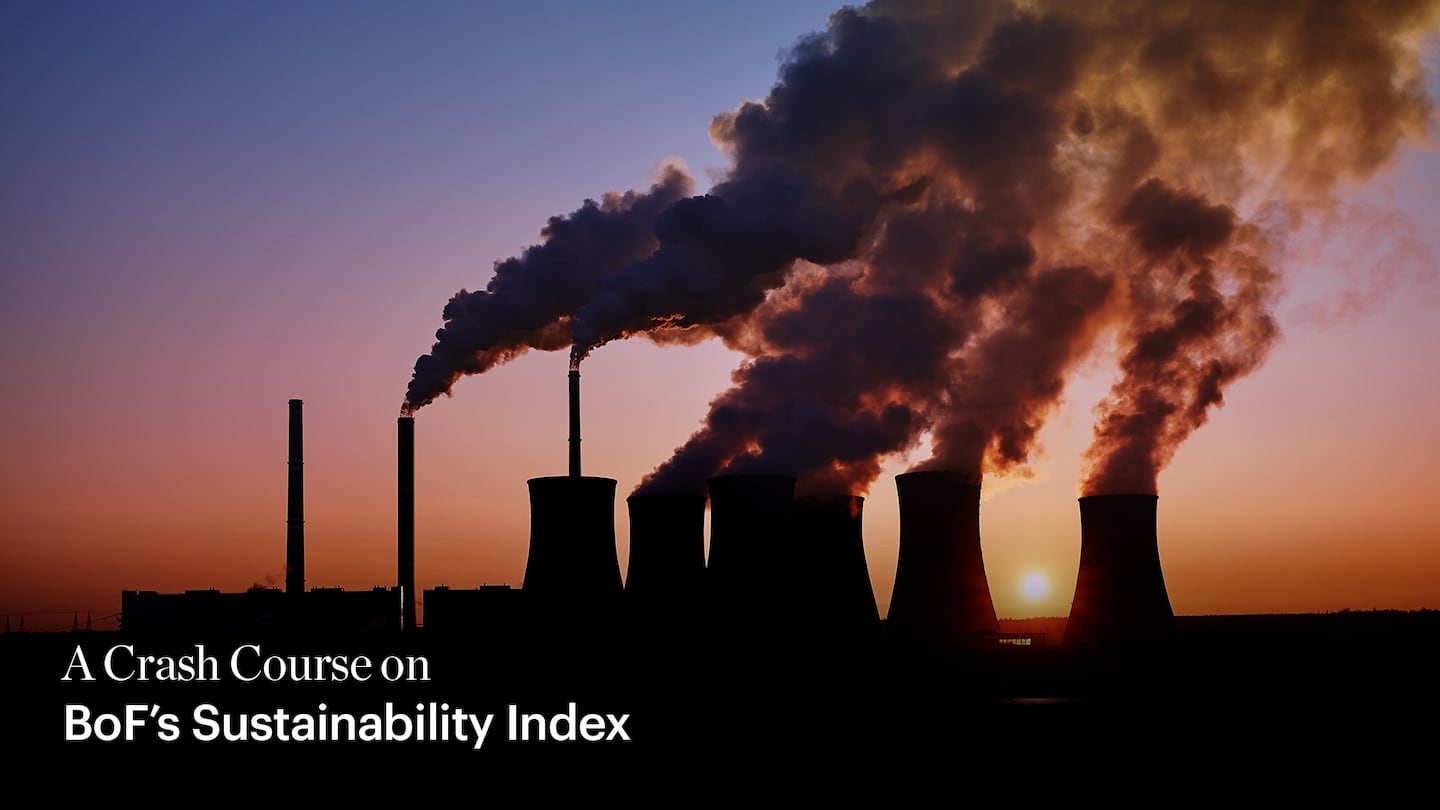
The Business of Fashion
Agenda-setting intelligence, analysis and advice for the global fashion community.

Agenda-setting intelligence, analysis and advice for the global fashion community.

 Opens in new window
Opens in new windowSubscribe to the BoF Podcast here.
According to the United Nations, the world needs to radically slash emissions by 2030 if it’s to have a chance of avoiding climate catastrophe. The fashion industry, one of the world’s biggest polluters, is at a critical point of inflection if it wants to reshape itself in line with global ambitions to curb climate change and establish responsible business practices.
“It’s a really important moment to make a number of changes if we are to meet global climate goals …” said Sarah Kent, BoF’s chief sustainability correspondent. “It’s very important that the industry acts now.”
On the heels of releasing the second, expanded edition of The BoF Sustainability Index — which assesses companies’ progress towards ambitious 2030 goals across categories such as emissions and workers’ rights — Kent and Diana Lee, director of research and analysis at BoF Insights, join Imran Amed, BoF’s founder and editor-in-chief to unpack their findings, answer questions and lay out what needs to happen next.
Join BoF Professional for the analysis and advice you need. Get 30 days for just $1 or explore group subscriptions for your business.

Imran Amed is the Founder, CEO and Editor-in-Chief of The Business of Fashion. Based in London, he shapes BoF’s overall editorial strategy and is the host of The BoF Podcast.

Sarah Kent is Chief Sustainability Correspondent at The Business of Fashion. She is based in London and drives BoF's coverage of critical environmental and labour issues.

Diana Lee is the Director of Research & Analysis at The Business of Fashion. She is based in London and oversees the content strategy and roadmap for BoF Insights.
Traces of cotton from Xinjiang were found in nearly a fifth of samples from American and global retailers, highlighting the challenges of complying with a US law aimed at blocking imports that could be linked to forced labour in China.
The fashion industry continues to advance voluntary and unlikely solutions to its plastic problem. Only higher prices will flip the script, writes Kenneth P. Pucker.
The outerwear company is set to start selling wetsuits made in part by harvesting materials from old ones.
Companies like Hermès, Kering and LVMH say they have spent millions to ensure they are sourcing crocodile and snakeskin leathers responsibly. But critics say incidents like the recent smuggling conviction of designer Nancy Gonzalez show loopholes persist despite tightening controls.